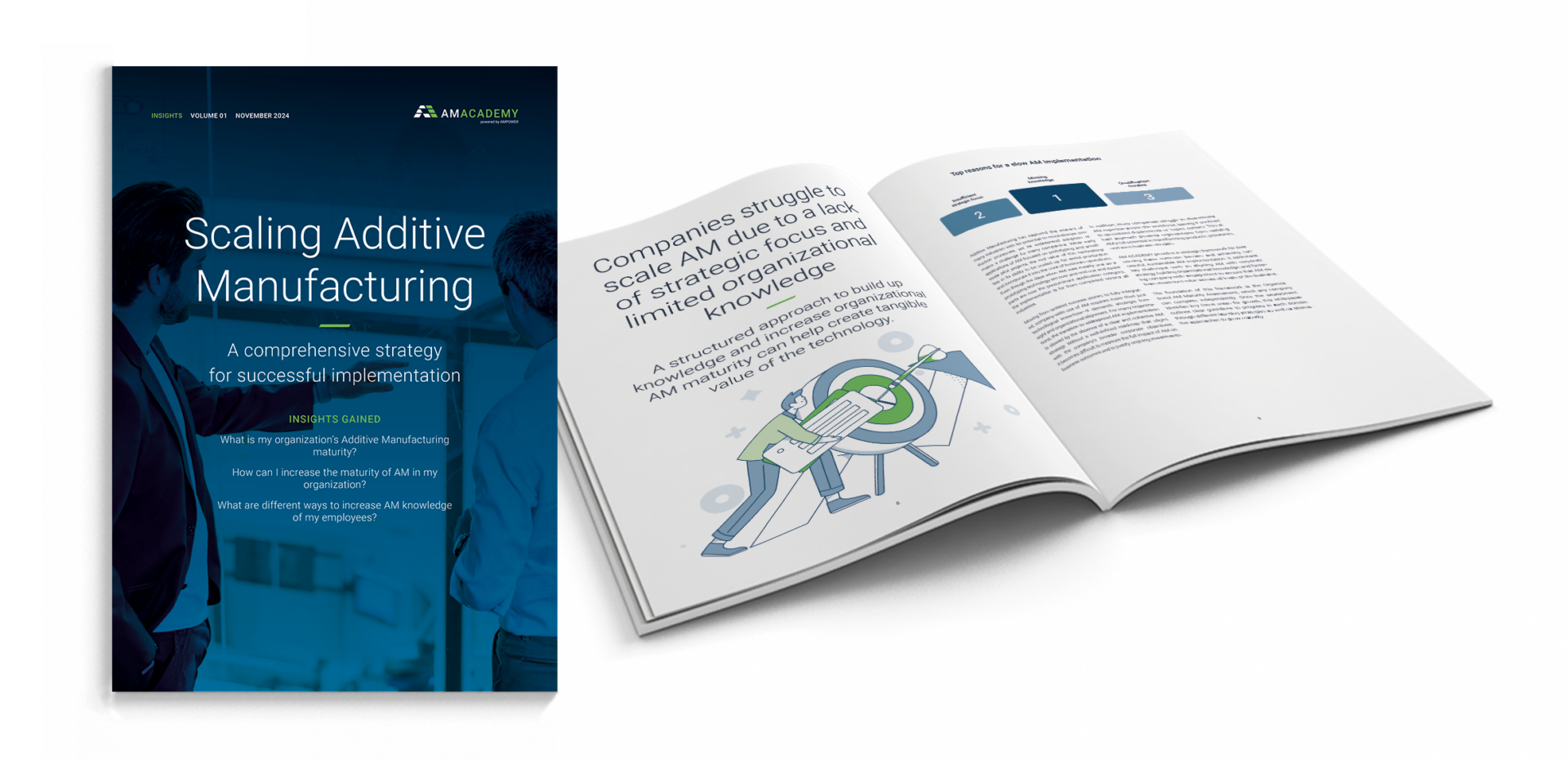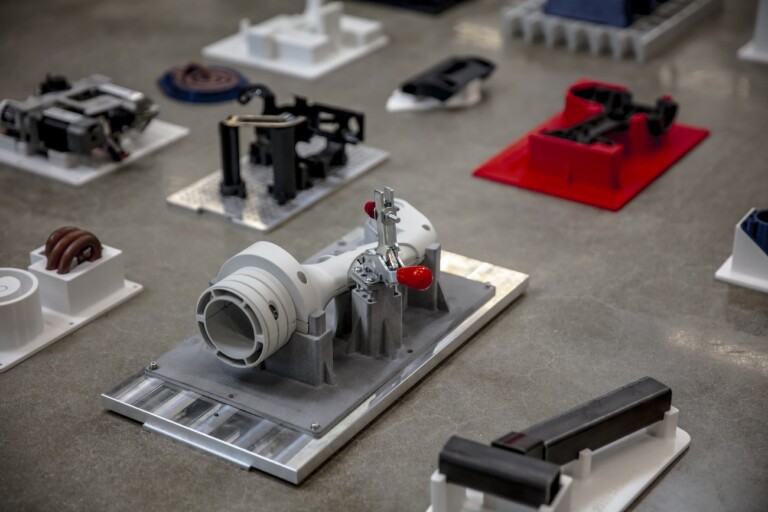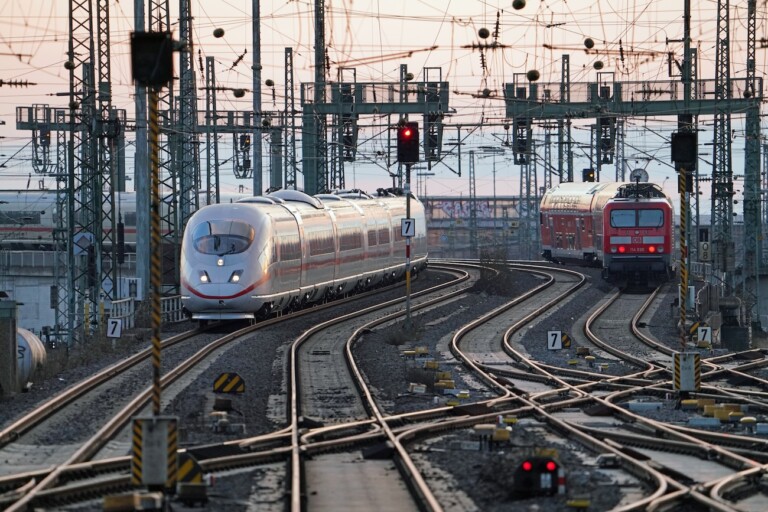Resources
Expand your knowledge in 3D Printing
How to successfully implement 3D Printing into your organization

Insights
AM Implementation - A comprehensive strategy
Discover your organization’s Additive Manufacturing maturity, learn strategies to advance it, and explore effective ways to build AM knowledge among your employees.

Success Stories
Learn how companies become successful with 3D Printing
The successful implementation of 3D Printing in a company is a steady process involving different aspects such as training, lighthouse applications and building up a strong partner network. Over the past years companies across different industries have succeeded to implement the technology in their business. In this section we would like to share success stories of selected companies that can act as inspiration and guideline.
AM Glossary
Your guide to key technologies and concepts
Navigate in the 3D Printing landscape. Our glossary provides clear and concise definitions of the most important technologies, processes, and terms in 3D printing, helping you build a solid foundation.
Blog
Insights and trends in 3D Printing
Stay ahead in 3D Printing with our blog. Discover need-to-know trends, practical insights, and strategic resources to deepen your expertise and drive innovation.




